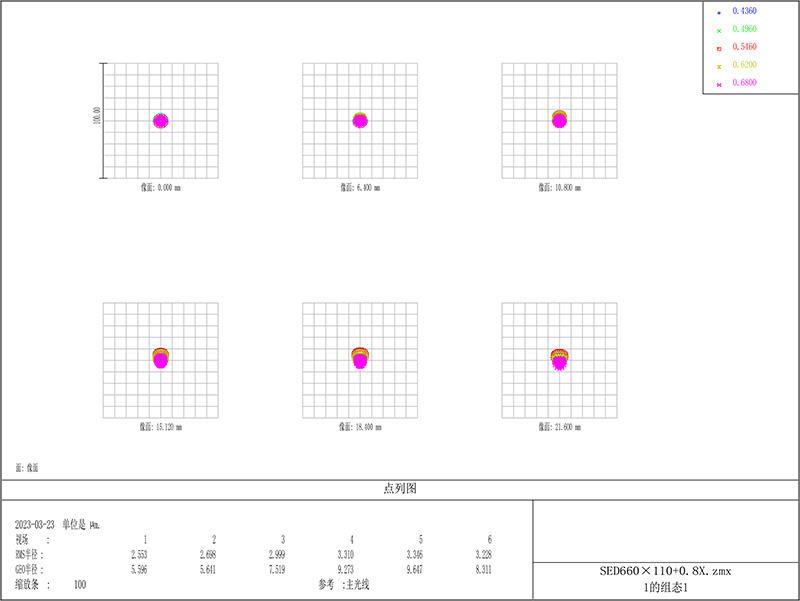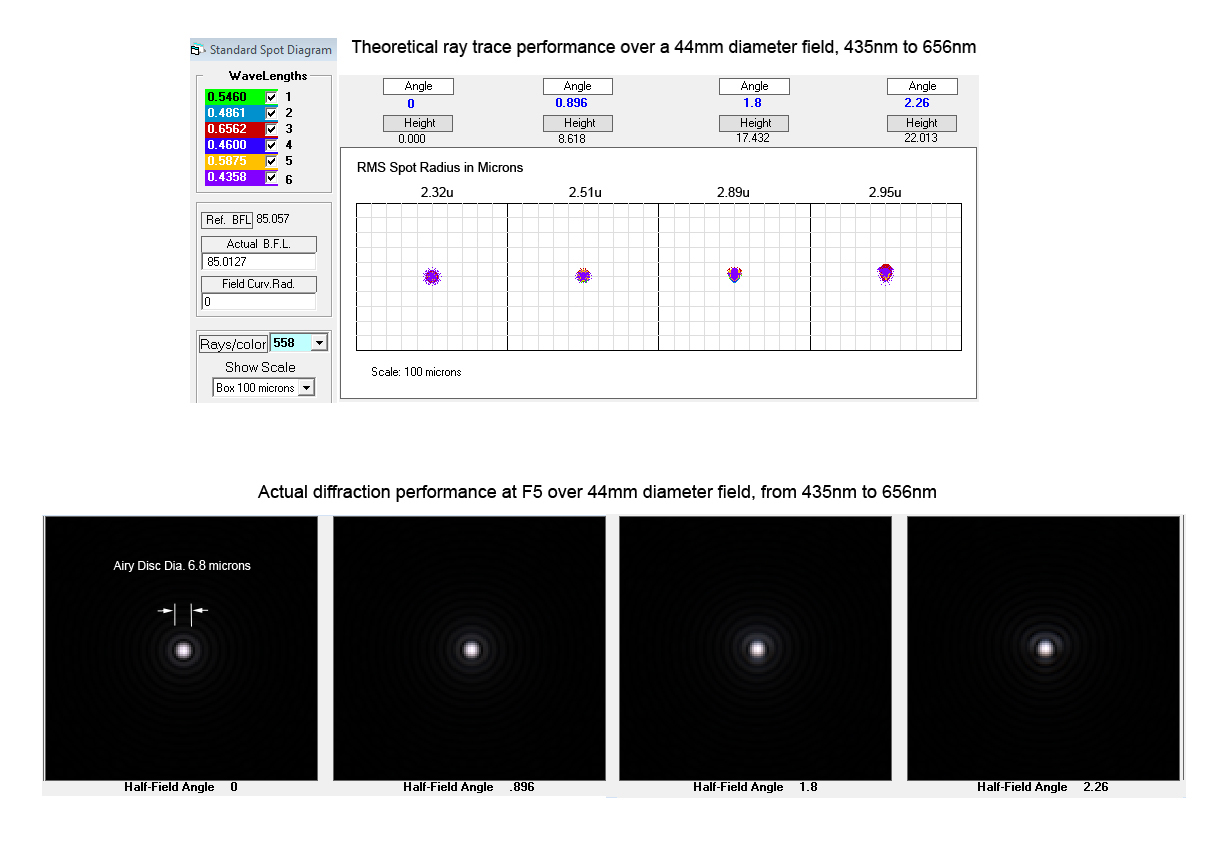Wei-Hao Wang:
I thought the TS one is F4.8 after adding the 0.8x corrector, while the WO is F3.8. Are they really the same? Or I mis-understood something?
The smaller 68 mm WO is f/3.8, not the 111 mm. That is f/4.8, just like the TS, AT, and Tecnosky variants.
|
You cannot like this item. Reason: "ANONYMOUS".
You cannot remove your like from this item.
Editing a post is only allowed within 24 hours after creating it.
You cannot Like this post because the topic is closed.
|
The WO version has their new WIFD focusing system, which is a significant mechanical difference between the two.
|
You cannot like this item. Reason: "ANONYMOUS".
You cannot remove your like from this item.
Editing a post is only allowed within 24 hours after creating it.
You cannot Like this post because the topic is closed.
With all this discussion about price, I don't see a single comment about how well any of these telescopes actually perform optically. The two most important questions are:
1) How good is the color performance? That relates to both lateral and longitudinal color correction over the field. It also relates to how well short wavelengths are controlled to avoid blue halos.
2) How well are aberrations controlled over the field? That issue includes field flatness as well as third and higher order aberration control.
There are a few ways to make a telescope cost more. Precision mechanics and better materials is one way. Another is to use exotic glass, aspheric surfaces, or more elements to better control image quality. Finally, as the optics get faster (particularly for a refractor), it becomes more difficult and hence more costly to produce a well corrected image across a large image circle.
I'm always willing to pay more for a telescope IF it has superb image quality. My AP GTX130 produces absolutely pinpoint stars at F/6.5 across a large sensor but it's in a slightly different class of scope from the one being discussed here. As I recall, back when I bought it, it had a base price of $6,900, which was a good deal in my book.
John
|
You cannot like this item. Reason: "ANONYMOUS".
You cannot remove your like from this item.
Editing a post is only allowed within 24 hours after creating it.
You cannot Like this post because the topic is closed.
Very few in the wild. However, there are some comments that it is the closest readily available design to the recent AP 110 GTX in terms of triplet types and reducer structure. I think there are some images from DeepLab, a consortium in Italy and here on AB that use the Tecnosky version.
I have no first hand experience with these scopes, but its matched quad reducer + triplet was designed with the likes of the IMX455 sensor in mind. Its correction with that sensor looks very good. Spots and related are as follows:

No indication of airy size, longitudinal correction, spherochromatism or secondary spectrum details, which AP show for theirs. I cannot make out if the box side dimension is 200 or 100 um. The AP 110 GTX spots for comparison as as follows, which is clearly an optimized version, likely with some design difference but that is speculation on my part. both use the same glass, not sure of the quality selection in terms of inclusions, amorphous uniformity, dispersion etc., but I assume there is a considerable difference in many aspects of the AP scope.
 |
You cannot like this item. Reason: "ANONYMOUS".
You cannot remove your like from this item.
Editing a post is only allowed within 24 hours after creating it.
You cannot Like this post because the topic is closed.
to create to post a reply.





